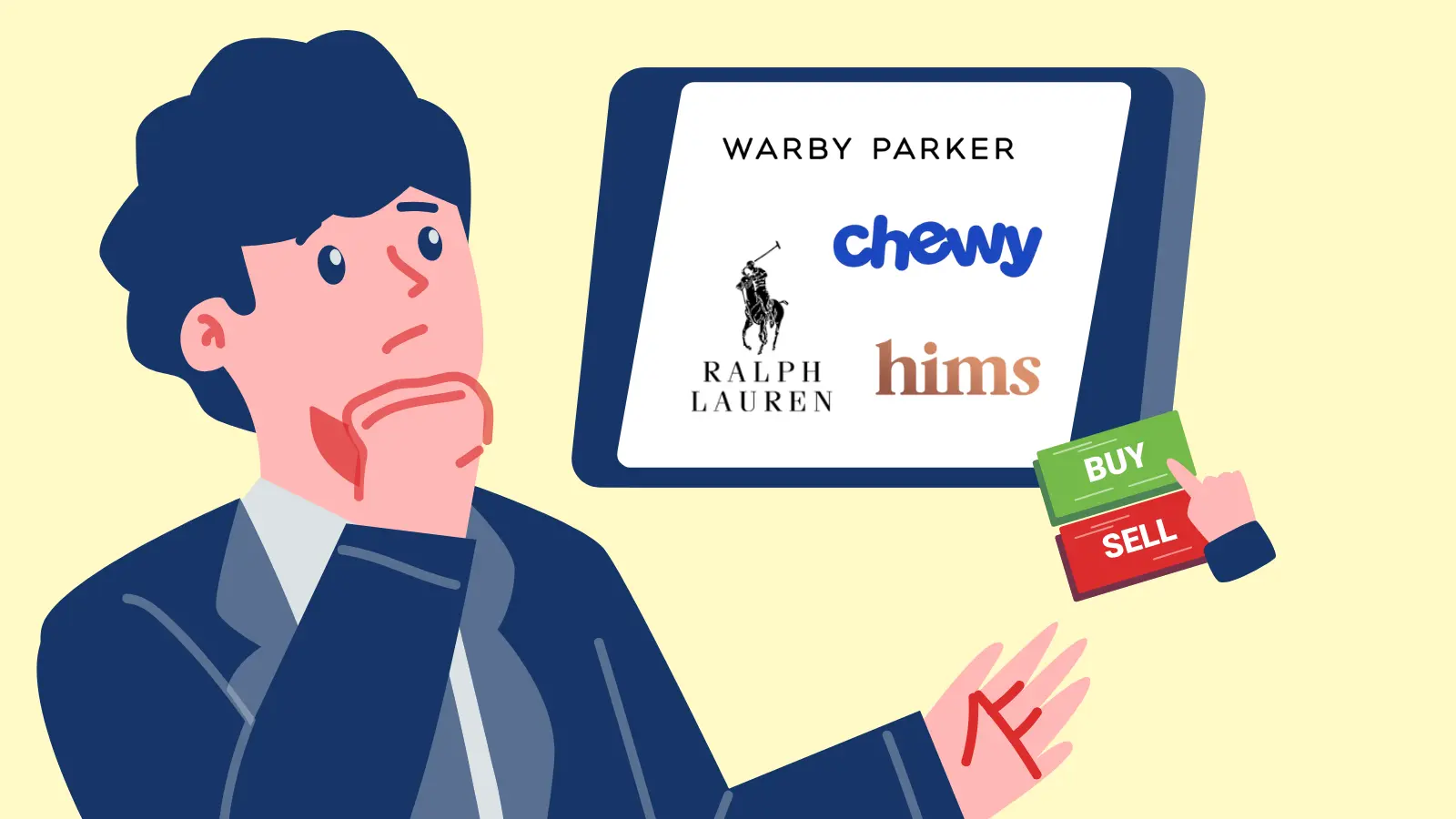
Direct-to-consumer (DTC) brands are still alive and thriving in 2025. Besides faring the storm of tariffs and Google Core Updates, these brands are also reaching new consumers and channels, exceeding market expectations. We're breaking down the performance of these top brands, what these D2C brands do right, and how you can emulate their strategy to grow your e-commerce operation.
[cta-btn title="Build Your Brand And Become A Member" link="/membership-pricing"]
Hims & Hers has been gaining momentum thanks to a combination of strong growth drivers across subscribers, revenue, new markets, and investor sentiment.
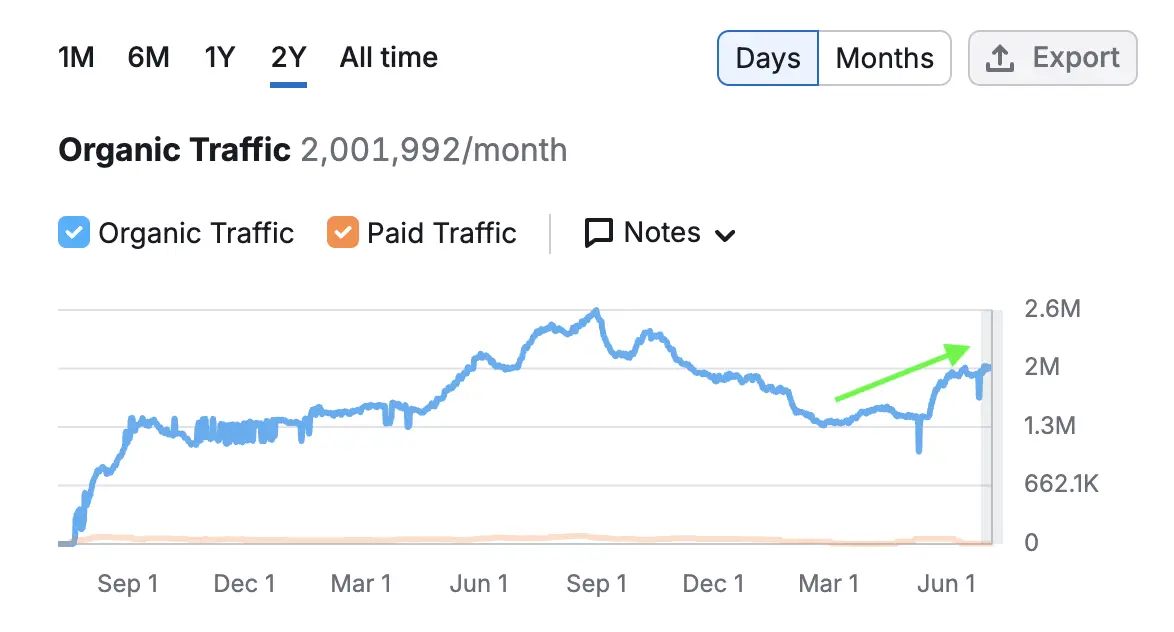
The company reported 2.4 million active subscribers in Q1 2025, a 38% year-over-year increase, while Q2 revenue surged to $544.8 million (up 73% from the prior year) with forecasts projecting full-year revenue between $2.3 and $2.4 billion.
A major catalyst has been its expansion into the weight-loss drug market: after initially leveraging compounded versions of semaglutide during shortages, Hims pivoted to offering branded medications such as Wegovy, Zepbound, and Mounjaro through telehealth memberships, mitigating regulatory risks and sustaining demand. Its partnership with Novo Nordisk, which provides access to Wegovy at around $599 per month, further strengthens this expansion into the weight-loss medication vertical.
On the global front, Hims' acquisition of ZAVA marked its entry into Germany, France, and the UK, while its Canadian expansion broadened its international markets, reinforcing investor confidence in scalability.
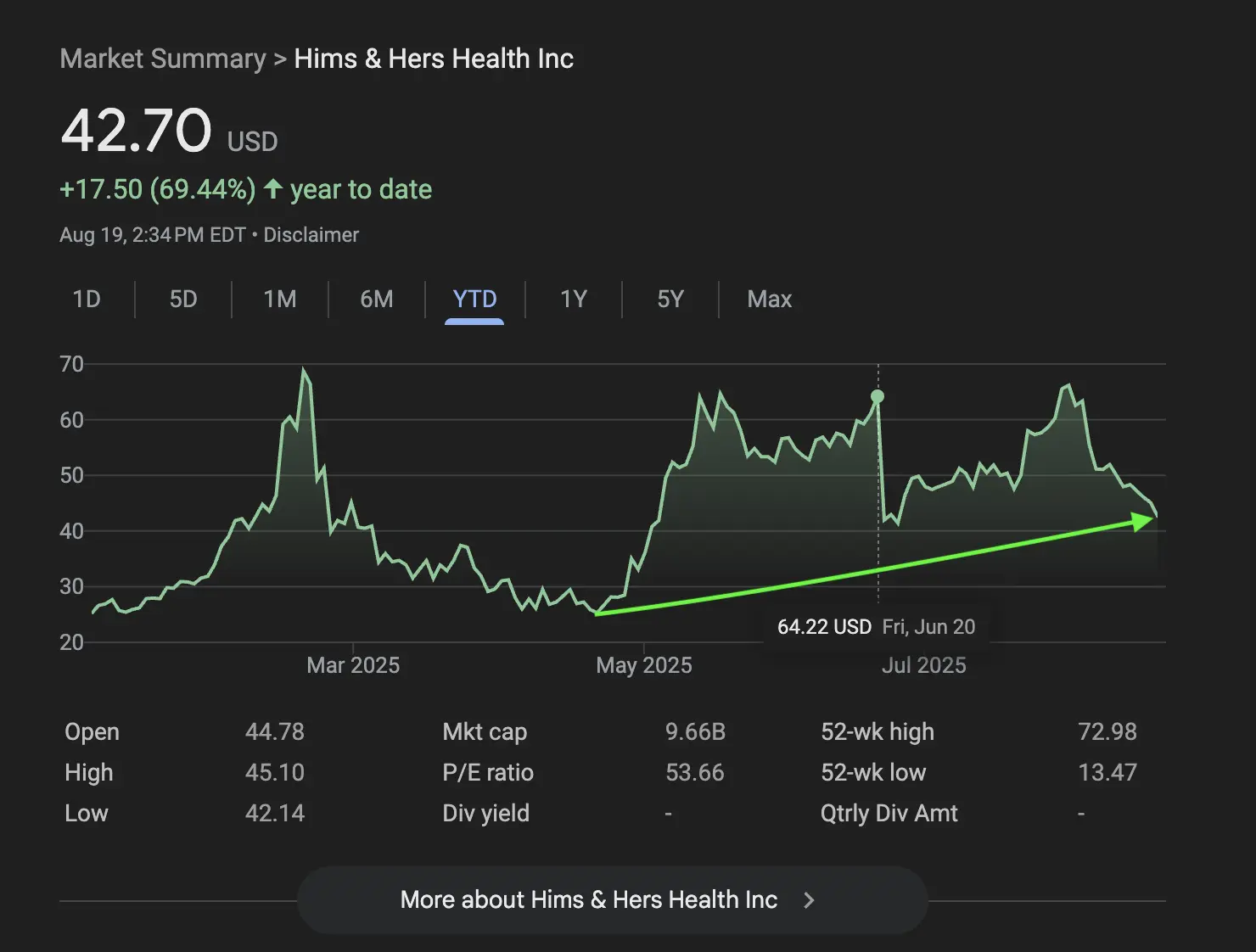
The stock has significantly outpaced peers in the D2C healthcare sector by gaining nearly 70% YTD. With concrete fundamentals like recurring online revenue and margin improvements, Hims & Hers is set to continue its monumental growth pattern.
Chewy is seeing strong performance into August 2025 due to its airtight model of recurring revenue growth, customer engagement, and new service expansion.
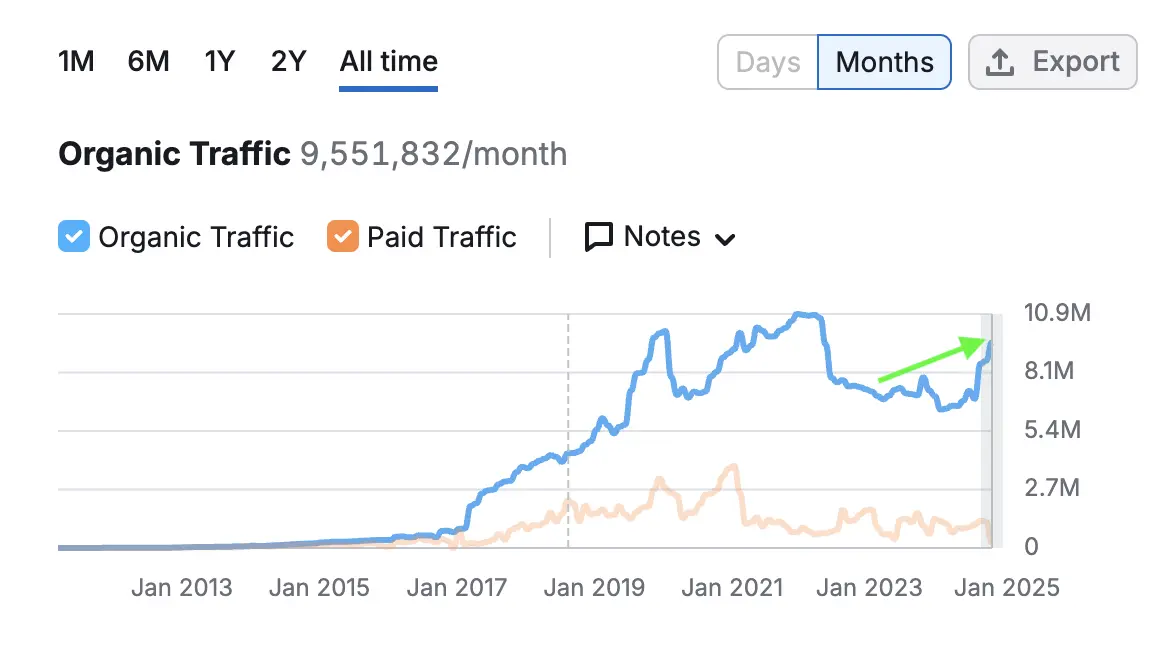
Its Autoship program now drives more than 80% of sales, giving the brand a steady revenue stream, while active customers and spending per user continue to rise. The company is also diversifying with veterinary clinics, a paid Chewy+ membership, and sponsored ads, all of which deepen loyalty and expand its ecosystem.
Financially, sales and adjusted earnings are climbing, even as near-term profits are pressured by reinvestments. Analysts remain bullish, highlighting strong fundamentals, momentum in customer metrics, and technical indicators suggesting further upside.
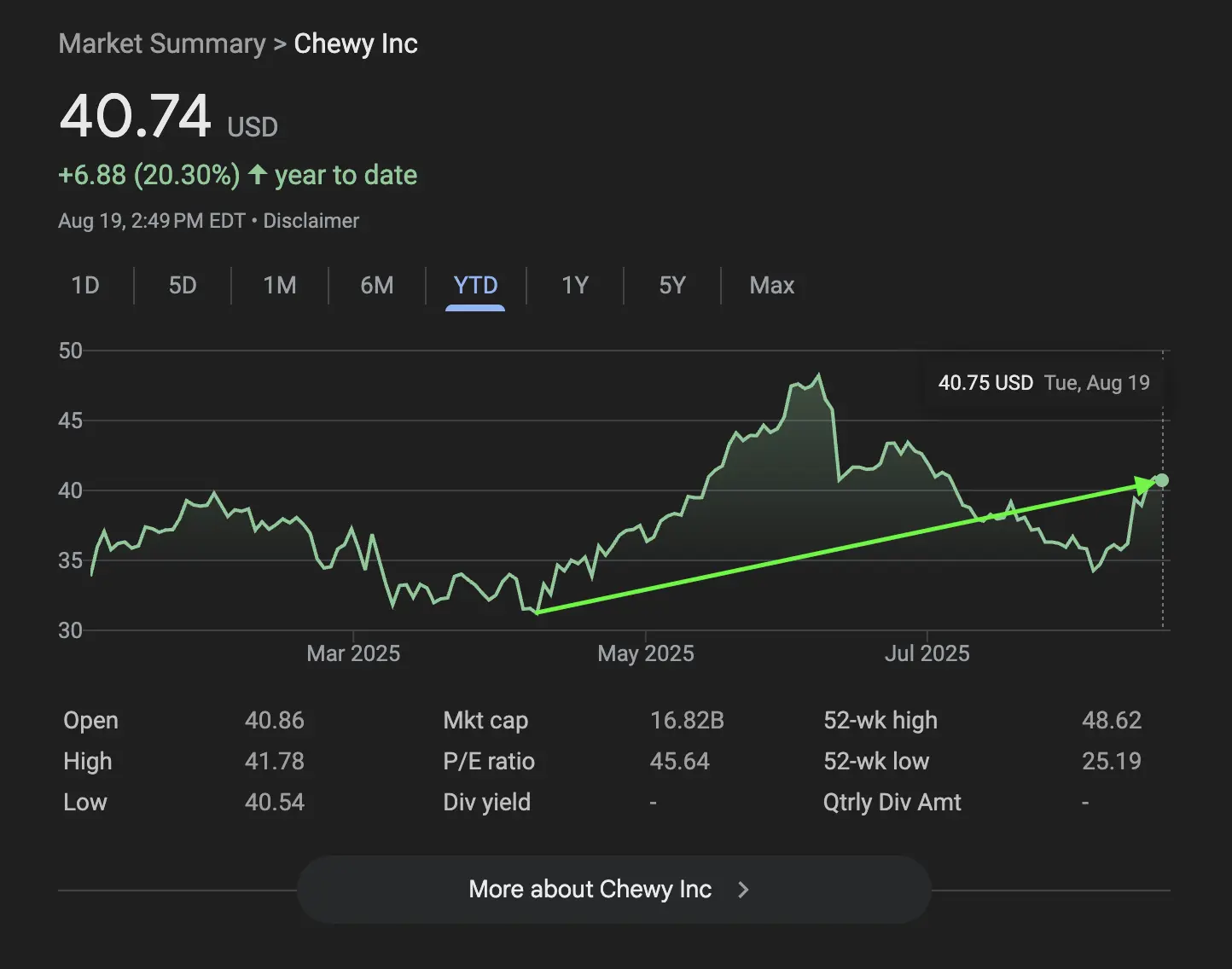
Chewy’s stock has been gaining momentum and has grown by 20.30% YTD. The brand's stock has a relative strength rating well-above average and analysts pointing to potential breakout levels around $48.
On the digital marketing front, Chewy is deftly executing on an omni-funnel digital marketing strategy. Its push into personalized promotions and loyalty-driving campaigns through Chewy+ membership is strengthening customer engagement and repeat purchases.
Ralph Lauren’s growth in 2025 is being fueled by its ability to balance brand elevation with disciplined execution.
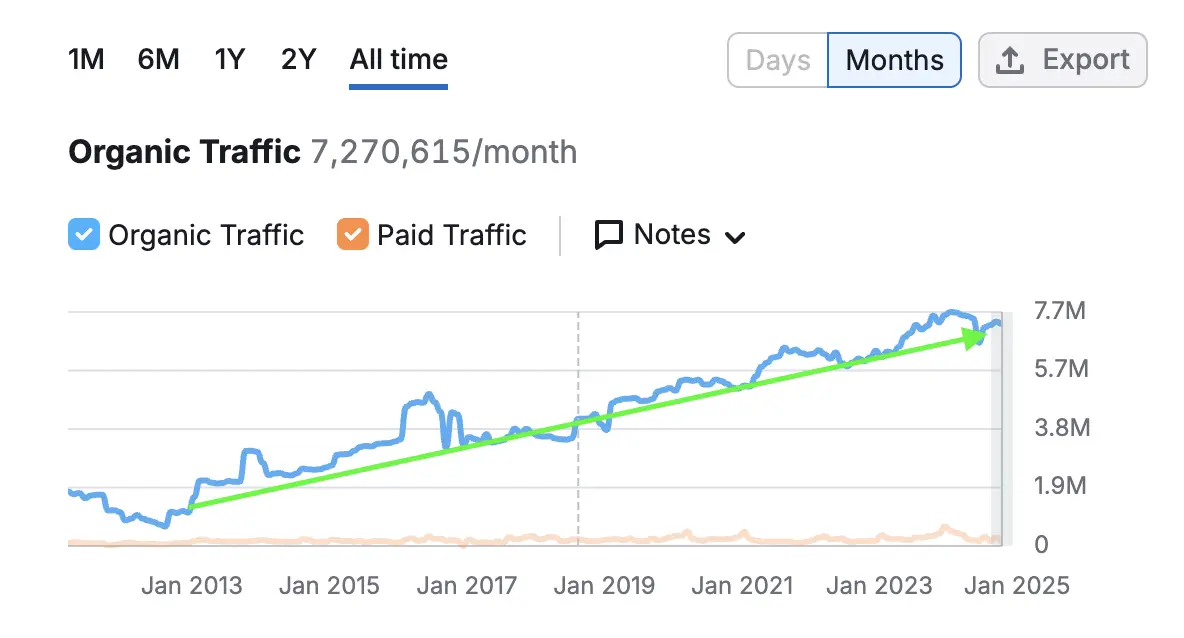
The company has successfully leveraged its hybrid D2C model, which garners millions of new customer acquisitions through omnichannel engagement while maintaining pricing power with higher average unit retail and reduced reliance on promotions.
Its focus on timeless icons like Polo shirts and cable-knit sweaters has reinforced brand desirability, while selective distribution ensures exclusivity. International markets, particularly Europe and Asia, have been major growth engines, delivering double-digit gains and offsetting softer performance in North America. At the same time, Ralph Lauren’s diversified sourcing strategy (shifting production from China to Vietnam and Italy) has helped mitigate global trade risks caused by the tariff upheaval.
Marketing and cultural relevance have also been key, with standout campaigns tied to Wimbledon, the US Open, Team USA, and gaming collaborations like Fortnite boosting visibility across demographics. This brand's aesthetics, storytelling, all combined with elevated in-store experiences merging digital and physical retail, has strengthened loyalty and positioned the brand as a modern luxury lifestyle leader.
.webp)
As a stock, Ralph Lauren has impressed with a 23.3% jump in its stock price YTD, signaling strong operational discipline. By merging its brand heritage with modern relevance, international expansion, and profitability discipline, Ralph Lauren continues to outperform expectations and demonstrate resilience in a tumultuous tariff-ridden market.
Warby Parker’s growth in 2025 is shaped by an exceptional mixture of strong financial performance, retail expansion, and innovation.

The company reported a 14% year-over-year revenue increase in Q2. Simultaneously, gross margins held steady despite inflation and tariffs, thanks to selective premium pricing, an elaborate retention engine, and supply chain adjustments aimed at reducing reliance on China. Warby Parker also continues to solidify its market position by maintaining its stock price growth with an admirable 4.32% increase in a tariff-laden market.
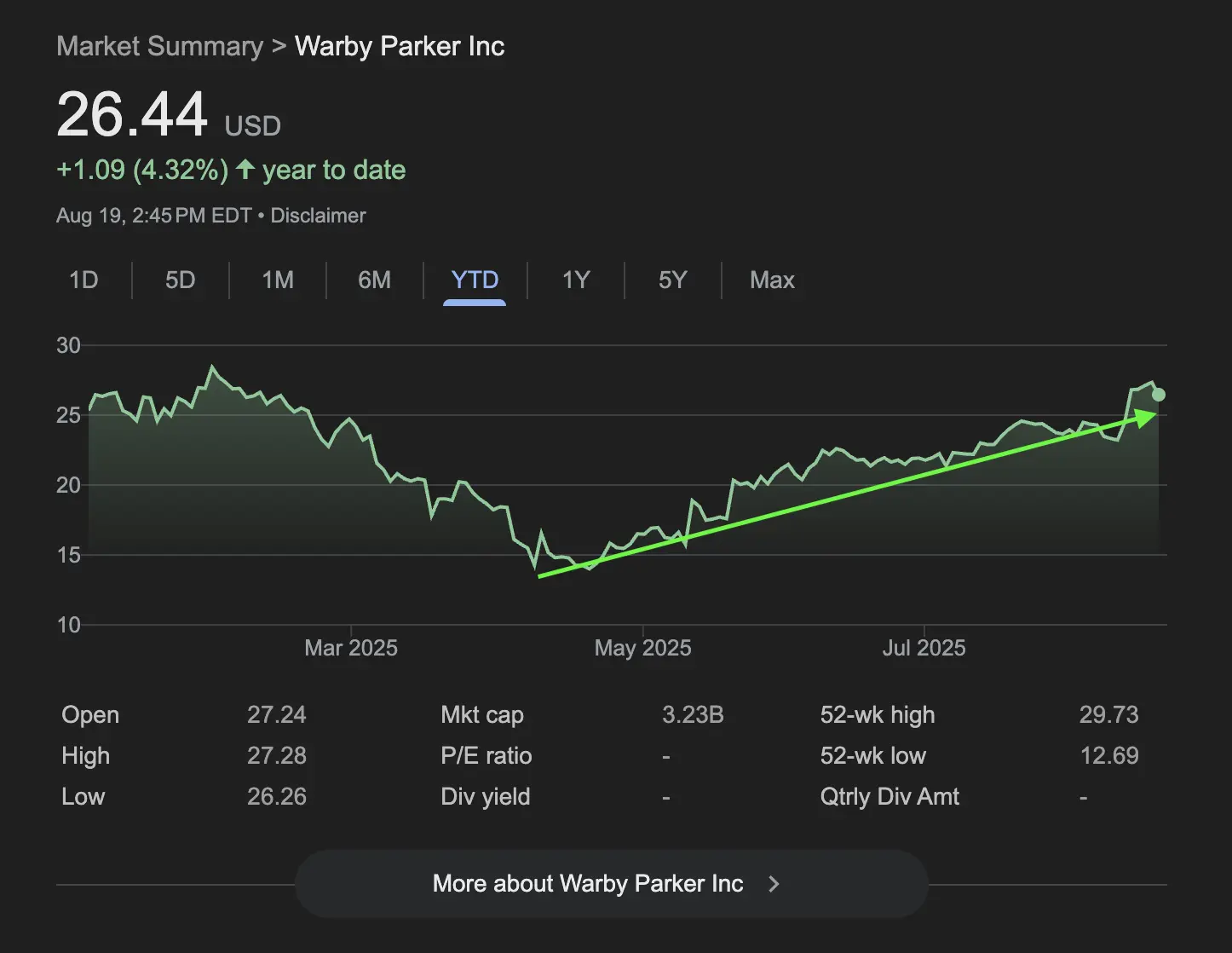
Beyond financials, Warby Parker is expanding its reach and customer experience. The company opened 11 new stores in Q2 and is on track to launch 45 more in 2025, including shop-in-shops at Target, further reinforcing its immense D2C presence.
On the AI-trend front, Warby Parker rolled out its AI-powered “Advisor” tool for personalized eyewear recommendations and is partnering with Google to develop smart glasses, which signals long-term bets on tech-enabled retail. Together, these moves highlight how the brand is balancing affordability, expansion, and innovation to drive sustainable growth heading into the holiday season and beyond.
Hims & Hers, Chewy, Ralph Lauren, and Warby Parker are defying the market and showing that DTC continues to be a scalable model well into 2025. E-commerce brands continue to evolve in the face of tariffs, shifting consumer habits, and digital discord with Google Core Updates.
Each brand mentioned here today demonstrates how blending financial discipline, customer-first innovation, and omnichannel (and multi-funnel) marketing can create long-term, sustainable growth. As we look ahead, the lesson is clear: the future belongs to brands willing to adapt, diversify, and personalize consumer relationships. For those ready to follow their lead, the opportunities in DTC have never been greater.
[inline-cta title="Discover More With Our Resources" link="/resources"]
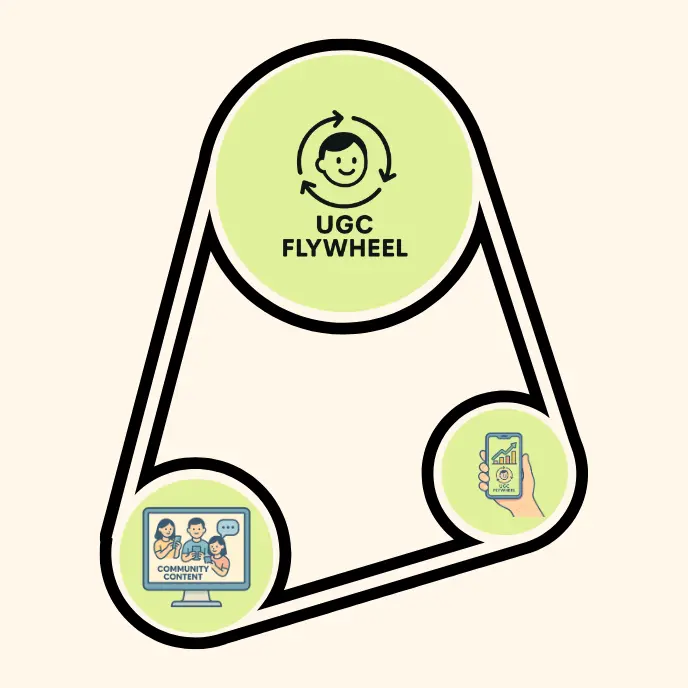
.webp)
